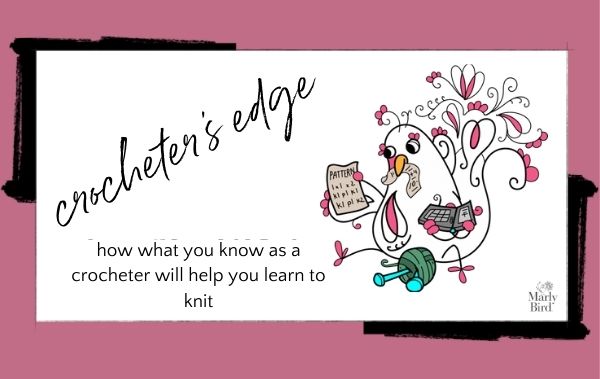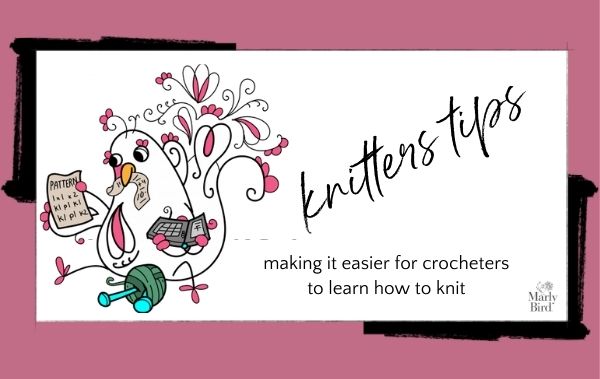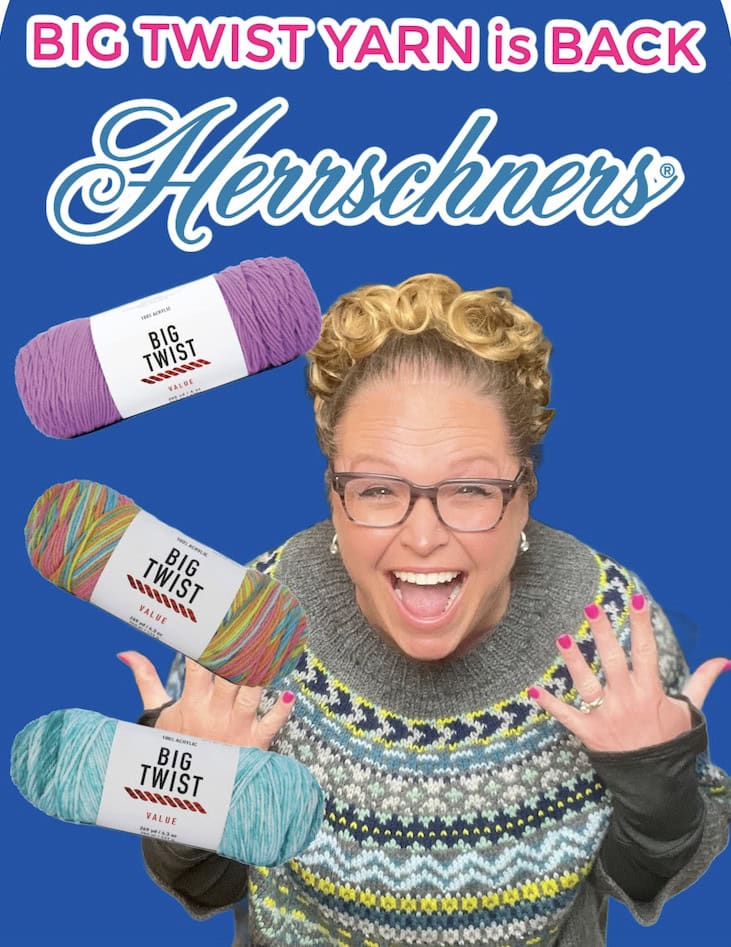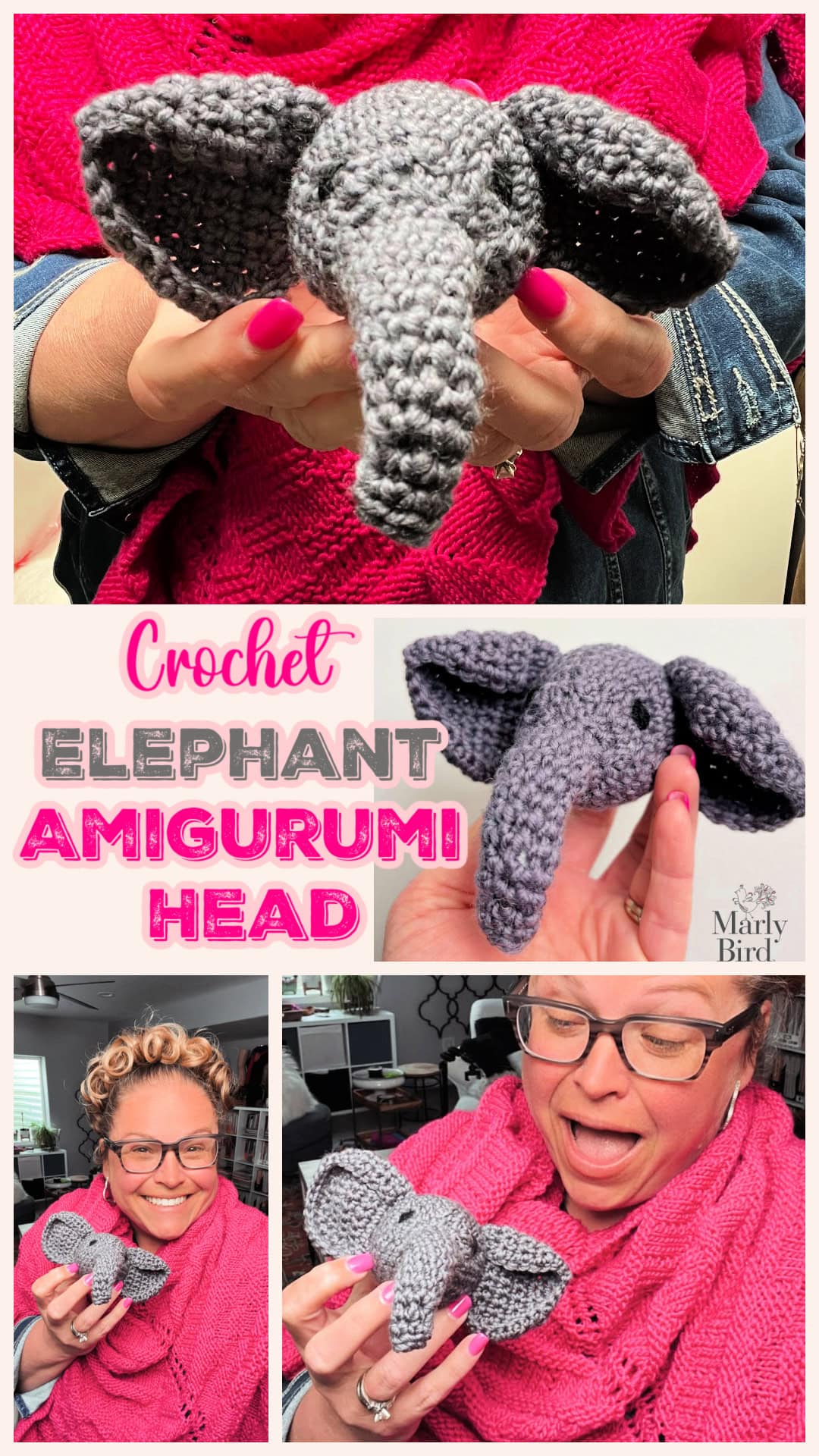Knit Braids: Adding to Your BiCrafty Knit Hat (Knitting Lessons for Crocheters, Lesson 12)
Hi Bootcampers! I’m excited today because you’re going to learn a great new technique: knit braids. Specifically, we’re going to add the Latvian Braid to your first knit hat. This is a unique technique that even advanced knitters often don’t know. And yet, it’s actually a fairly simple way to create texture and visual intrigue. I’m excited that you’re at this next step in your journey. And I’m also excited about the other things you might learn as you work on this knit hat over the next few weeks!
BiCrafty Bootcamp Month 3: What to Expect
As I discussed in last week’s live video, I’m excited to show you some new skills this month as we continue working on this knit hat. In addition to the knit braids technique we’re learning this week, some of the things we might incorporate into this pattern include:
- Cables – they’re easier than you think!
- Colorwork – possibly simple stranding colorwork
- Increases and decreases – maybe with lace stitch
- Working with DPNs
And I’m totally open to suggestions from all of you about the things you’re ready to learn!
What Are Knit Braids?
You can create knit braids in a variety of different ways. In fact, you can use cabling to create knit braids. However, the Latvian braid is its own unique technique. Often worked in two colors, it’s a surprisingly easy way to create texture. It’s perfect for the brim of a hat. In fact, I used it for my Chill Out Winter Hat free pattern, which you might want to take a look at if you’re curious about what it looks like.
Crocheter’s Edge

As we talked about in last week’s video, you really need to start worrying about gauge now. It didn’t matter so much in our previous projects. However, you want your knit hat to fit right. The good thing is that as a crocheter you probably already know about gauge. Check the video around 29 minutes in if you do need more info on this.
Knitter’s Tips for Crocheters

Many crochet braids projects simply take sections of crochet and braid them like you might braid hair. You can make knit braids like that, too, of course. However, there are a lot of great knitting techniques that create braided looks with the knitting itself. Open yourself to this awesome idea. As you’ll see, the Latvian braid is an easy, fun technique.
This Week’s BiCrafty Bootcamp Pattern
If you did last week’s homework, then you should now have the eight rounds of ribbing that start the brim of your hat. You may have already done the next step, which is to switch to your larger needles and knit one round. We covered how to do that in last week’s video.
Follow along with the live broadcast as Marly walks you through the Latvian Braid on the BiCrafty Community Complementary Hat.
Choose two colors of yarn and designate one to be the main color (MC) and one to be the contrasting color (CC). Continue with the instructions.
Round 1: *K1 MC, K1 CC; rep from * around.
This round forms the “base” of your braid. It isn’t visible from the bottom of the braid, but it is the horizontal line of stitches you see in between each round of twists you’re about to create. Traditionally you work the same color on Round 1 as is worked on Round 2, (MC over MC, CC over CC, etc). Bring both yarns to the front of the work.
Round 2: *P1 MC. Bring CC under MC (twisting yarns), P1 CC. Bring MC under CC (twisting yarns); repeat from * around.
Reminder: Do not take the time here to untwist the yarns. They will become untwisted on Rnd 3 when you switch the direction of twist.
Round 3: *P1 MC, bring CC over MC (twisting yarns), P1 CC, bring CC over MC (twisting yarns); rep from * around.
If done correctly, once you have worked every stitch in the round, your two yarns will become totally untwisted, ready to work in whatever patterning is called for on subsequent rounds.
Drop CC…do not cut!
Next Round: Knit with MC.
Get the next section of the hat here: https://marlybird.com/bicrafty-bootcamp-complementary-hat-stranded-knitting/
Additional Patterns and Videos to Try
You’re ready to check out the Latvian Braid post and video tutorial as well as the Chill Out Winter hat pattern. You might also like:












I’m so excited to learn cabling, colour work, and lace stitch! This is going to be so much fun!